Health & Medicine
-
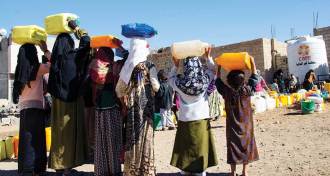 Science & Society
Science & SocietyTo combat cholera in Yemen, one scientist goes back to basics
As the cholera epidemic rages on in war-torn Yemen, basic hygiene is the first line of defense.
-
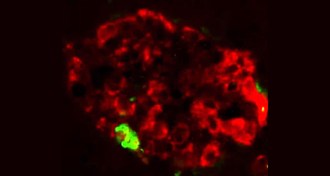 Health & Medicine
Health & MedicineSpread of misfolded proteins could trigger type 2 diabetes
Experiments in mice raise the question of whether type 2 diabetes might be transmissible.
-
 Health & Medicine
Health & MedicineWhen kids imitate others, they’re just being human
In imitation tests, kids readily performed nonsensical actions, but bonobos didn’t. The results hint that excessive imitation may be a uniquely human trait.
-
 Health & Medicine
Health & MedicineOne in three U.S. adults takes opioids, and many misuse them
More than a third of U.S. adults used prescription opioids in 2015, and nearly 13 percent of that group misused the painkillers in some way.
By Kate Travis -
 Health & Medicine
Health & MedicineOne in three U.S. adults takes opioids, and many misuse them
More than a third of U.S. adults used prescription opioids in 2015, and nearly 13 percent of that group misused the painkillers in some way.
By Kate Travis -
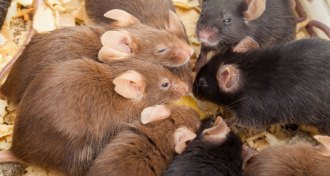 Neuroscience
NeuroscienceMice with a mutation linked to autism affect their littermates’ behavior
Genetically normal littermates of mutated mice behave strangely, suggesting that the social environment plays a big role in behavior.
-
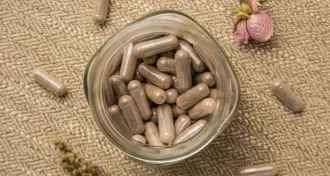 Health & Medicine
Health & MedicineNewborn baby’s infection offers a cautionary tale about placenta pills
A newborn came down with a dangerous bacterial infection. The culprit, scientists suspect, was contaminated placenta pills eaten by the mother.
-
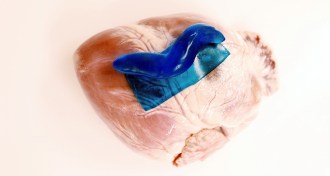 Materials Science
Materials ScienceSlug slime inspires a new type of surgical glue
A new glue that mimics a slug’s mucus secretions sticks well, even when wet. The adhesive could be used in place of sutures or staples in surgeries.
-
 Health & Medicine
Health & MedicineMost football players who donated their brains to science had traumatic injury
A self-selected sample of 202 deceased football players, the largest to date, finds that the majority suffered from chronic traumatic encephalopathy.
-
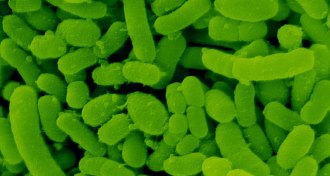 Health & Medicine
Health & MedicineAdd penis bacteria to the list of HIV risk factors
Certain bacteria found on the penis raise the risk of HIV infection, a new study finds.
-
 Health & Medicine
Health & MedicineBaby-led weaning won’t necessarily ward off extra weight
Babies allowed to feed themselves gained similar amounts of weight as babies spoon-fed by caretakers.
-
 Health & Medicine
Health & MedicineCows produce powerful HIV antibodies
For the first time in any animal, researchers elicit broadly neutralizing antibodies against HIV. Cows’ antibodies could help with drug development.